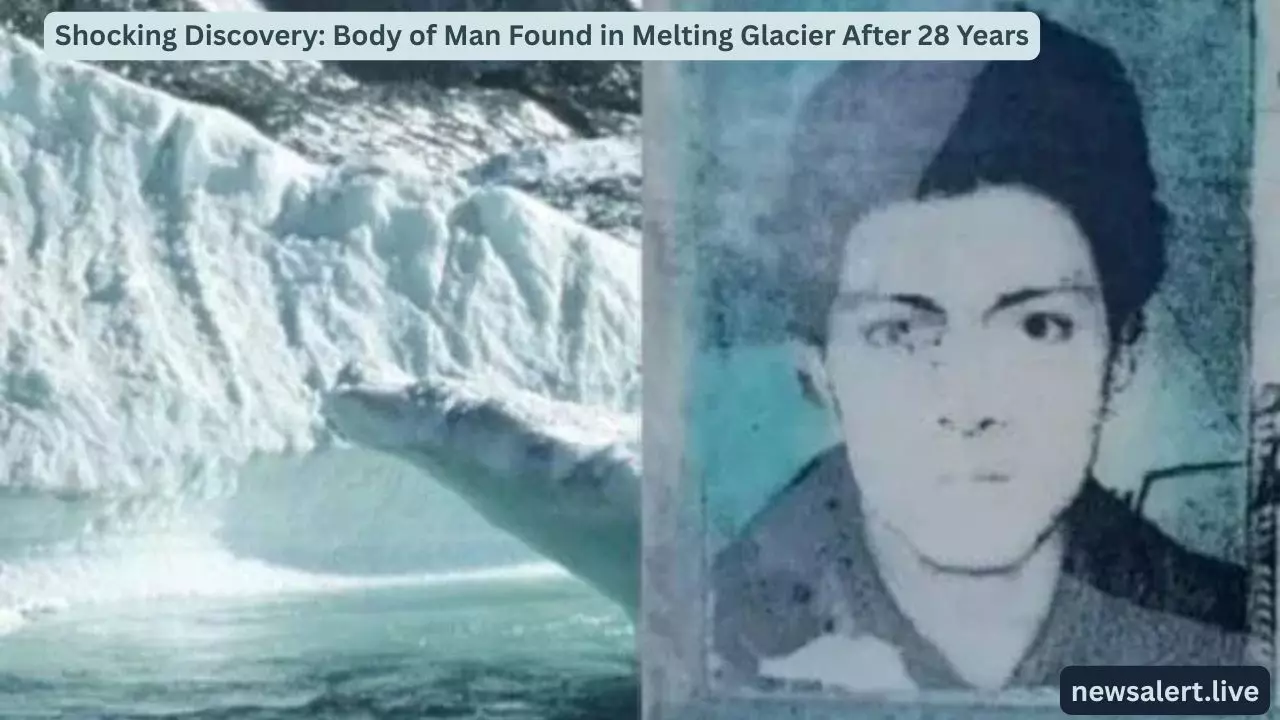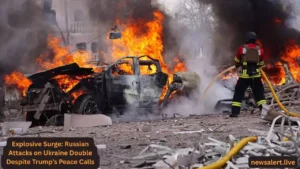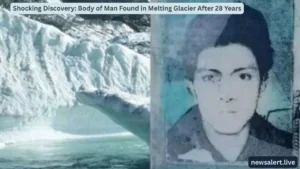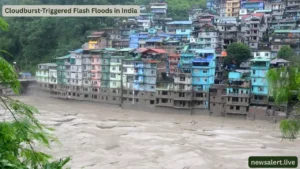In a chilling twist, the body of a man found in a melting glacier after 28 years has shocked the world. Discover what this tells us about climate change, history, and human loss.
Shocking Discovery: Body of Man Found in Melting Glacier After 28 Years
Introduction: A Frozen Secret Unearthed
For nearly three decades, the family of a missing man lived in painful uncertainty. No trace, no closure—just silence. But recently, that silence was broken. As glaciers continue to retreat due to rising global temperatures, nature revealed a haunting secret: the body of a man found in a melting glacier, perfectly preserved, a time capsule from 28 years ago.
This isn’t just a story of one man. It’s a powerful warning, a scientific marvel, and an emotional rollercoaster. The tragedy tells us something far greater—about time, about climate, and about what lies beneath the ice.
The Disappearance: Vanished Without a Trace
In 1997, the man—let’s call him Marco Keller, a 30-year-old mountain hiker and geologist—set out on what was meant to be a routine alpine expedition. He never returned. Despite intense search efforts, no sign of him was found. The family, distraught but hopeful, waited for news that never came.
The harsh terrain, treacherous slopes, and unpredictable weather of the Alps made the search nearly impossible. Over the years, the case grew cold. But the mountains never forget. And now, the body of man found in melting glacier speaks for itself.
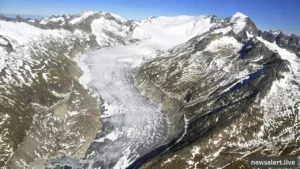
The Climate Shift: Melting Glaciers and Uncovered Mysteries
The 21st century has seen a dramatic increase in global temperatures, leading to the alarming retreat of glaciers around the world. What once were solid walls of ice are now rivers of melting memory. In this context, the body of man found in melting glacier becomes more than just a forensic breakthrough—it’s a climate alarm bell.
Glaciers, which took centuries to form, are disappearing in mere decades. As they melt, they reveal long-forgotten artifacts, crashed planes, and tragically, human remains.
Scientific Marvel: Perfect Preservation in Ice
When Marco’s body was recovered, it was almost as if time had paused. His clothes, backpack, equipment, and even skin tissue were remarkably preserved. Scientists were able to identify him through dental records and preserved ID tags in his gear.
Glacial preservation is so effective that some bodies found decades later show signs of frostbite and trauma, offering clues about their final moments. In Marco’s case, a fall appeared to have caused fatal injuries. The body of man found in melting glacier turned into a living laboratory for forensic science.
Family Closure: Grief, Shock, and Relief
For Marco’s family, the discovery reopened old wounds but also brought a strange kind of peace. “We never stopped looking,” said his sister, now in her 60s. “Knowing what happened finally helps us grieve properly.”
This emotional aspect is often overlooked. Finding the body of man found in melting glacier may sound clinical, but for families, it’s everything—proof, peace, and a final goodbye.
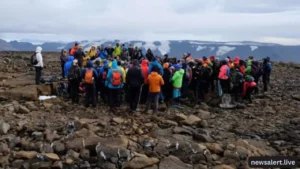
Climate Change and Human History: What Else Lies Beneath?
The Alps aren’t the only place revealing secrets. Glaciers in Peru, Pakistan, Canada, and even Antarctica have recently exposed:
-
Remains of World War I and II soldiers
-
Ancient trade routes
-
Stone tools and prehistoric animal bones
-
Long-lost climbers and missing aircraft
The body of man found in melting glacier is part of a much bigger picture. These glaciers are like time machines, slowly thawing out the past. With every melt, the Earth tells another story.
Ethical and Scientific Dilemmas
There’s also a growing debate: What should be done with these discoveries? Should human remains be reburied, studied, or displayed? Should nature be left to take its course, or should authorities step in?
The body of man found in melting glacier sparked such discussions among scientists and local authorities. They ultimately decided to return Marco’s body to his family, but the debate continues across other cases worldwide.
Environmental Urgency: Melting Glaciers, Rising Seas
While these discoveries are fascinating, the cause behind them—melting glaciers—is deeply troubling. It contributes to:
-
Rising sea levels
-
Disruption of freshwater systems
-
Threats to coastal cities
-
Climate migration
The body of man found in melting glacier is a tragic consequence of something much larger. It’s a symbol of a planet in distress.
Global Reactions: The World Watches and Wonders
International media quickly picked up the story. Social media buzzed with shock, awe, and sorrow. Hashtags like #FrozenInTime and #GlacierTruths trended worldwide.
News agencies covered the science, the tragedy, and the emotional reunion. Climate activists used the opportunity to raise awareness, stating that the body of man found in melting glacier should be a wake-up call for humanity.
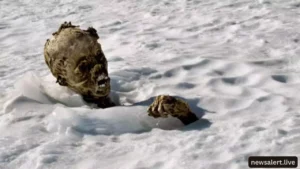
From Ice to Insight: Lessons We Must Learn
This discovery teaches us more than history—it teaches us urgency. The body of man found in melting glacier is both a historical event and a contemporary crisis.
It shows how:
-
Climate change impacts human history
-
Scientific exploration must be prepared for moral questions
-
Families can find peace after decades
-
Every glacier holds a hidden story
Conclusion: What the Ice Still Holds
Marco Keller’s story is just one of many that may surface in the coming years. As glaciers continue to melt, more secrets will rise. And each time, they will come with heartbreak, insight, and responsibility.
The body of man found in melting glacier is no longer a missing person’s story—it’s a global message carved in ice.
Let us listen before the glaciers are gone, before all that’s left are the ghosts they’ve kept hidden for so long.
FAQs: Body of Man Found in Melting Glacier
1. Where was the body found?
The body was discovered in the Alps, specifically in an area where glacier retreat has increased significantly due to climate change.
2. How was the body preserved for so long?
The body was encased in ice, which acted as a natural freezer, preserving soft tissues, clothes, and equipment.
3. Is climate change responsible for the discovery?
Yes. Rising global temperatures are causing glaciers to melt faster, revealing long-hidden remains and artifacts.
4. Are there more such cases expected?
Absolutely. Scientists anticipate more discoveries as glacial ice continues to recede worldwide.
5. How is the scientific community reacting?
While the scientific community sees this as a valuable opportunity for research, they also stress the urgency of addressing climate change.
6. What happens to the remains found in glaciers?
Each case varies—some are studied, some returned to families, others reburied based on cultural and ethical norms.
7. Is this common in the Alps?
In recent years, multiple remains and artifacts have been found in Alpine glaciers, particularly during unusually warm summers.
8. What is glacial archaeology?
It’s a new and growing field that studies human history preserved in glaciers due to climate change.
9. What was found with the body?
Clothing, a preserved backpack, some journals, and basic climbing tools—all frozen in time.
10. What message does this discovery send?
That time is melting away—both literally and metaphorically. The planet is changing rapidly, and we must act now.

